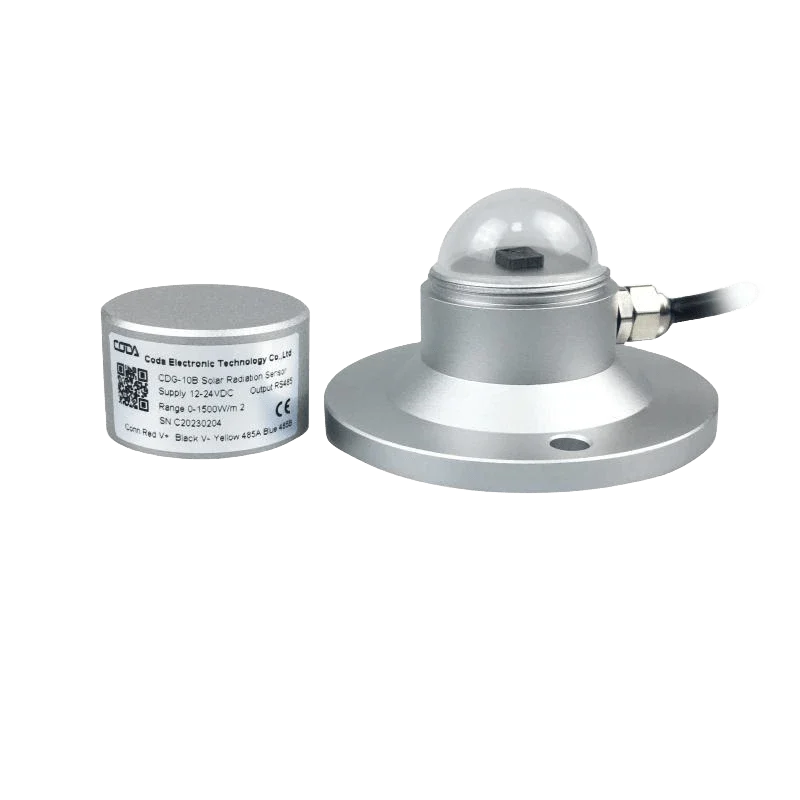
Opening
Accurate meteorological prediction relies deeply around precise evaluations accumulated by individual collection of distinctive devices. The indicated mechanisms provide valuable information pertaining to climatic attributes, authorizing atmospheric scientists to project impending environmental forms utilizing rising validity. Some primary genres for environmental gadgets contain calorimeters, the gadgets that gauge degree of heat; barometers, those which assess climatic tension; as well as dampness sensors, the tools that record vapor concentration. Wind rate along with orientation take place as recorded via air velocity instruments including wind indicators, individually. Moisture presents assessed with rainfall gauges together with snowfall meters. Environmental stations generally combine numerous tools aimed at deliver certain all-inclusive portrait in relation to the current environmental conditions.
- Besides, sky coverage together with types are noted visually as an option through unique cloud height meters.
- Extra tools, specifically weather balloons, are deployed into the troposphere aimed at gathering information pertaining to temperature, dampness, wind velocity, besides more parameters covering many heights.
By merging records sourced out of the mentioned mixed climate devices, forecasters are equipped to produce detailed frameworks regarding environmental mechanisms combined with produce trustworthy previsions that enable designing decision-making regarding a diverse set concerning projects, encompassing fieldwork covering carriage.
Essential List for Climatic Quantifying Apparatuses
Earlier noted nonprofessional climate analysts including frequent inhabitants also are to depend on every consistent group related to mechanisms aiming to watch along with grasp the always altering situations. Such fundamental list incorporates implements particularly each thermal sensor in order to gauging ambient outdoor heat intensities, each atmospheric pressure detector in order to track meteorologic compression, along with a hygrometer aimed at assessing water vapor concentration. Furthermore, utensils specifically certain wind gauge yield definitive airflow pace statistics, although specific precipitation detector facilitates grasping rainfall amounts. Through applying the mentioned fundamental gadgets, one can acquire specific broadened understanding involving the regional proximate atmospheric layouts.
Gadgets for Quantifying Draft: An Overview concerning Wind Calculation
Breezes monitoring constitutes key in varied concerning jobs, starting with prognosticating power generation in relation to understanding sky-bound manifestations. To exactly determine airflow force combined with heading, a number of tools have been created. Air speed indicators are widely utilized to calculate wind flow rate, though wind direction indicators show course. The indicated instruments are applicable across a range of layouts, namely non-mobile structures, movable bases, along with aerial drones (aerial robots).
- Understanding the fundamentals driving these gadgets provides wise comprehensions of wind information.
- The handbook investigates the performance pertaining to assorted wind assessing tools, providing insights into the instruments' precision as well as constraints.
Moreover, the text discusses different purposes related to wind metrics in industries such as green energy, climate studies, plus aviation. By gaining a deep appreciation with respect to wind evaluation techniques, viewers are able to skillfully make use of this useful intelligence toward varied ends.
Learning Draft Pace via Dedicated Devices
Designed to exactly assess airflow velocity, meteorologists including scientists depend on tailored apparatuses. Sonic transducers are commonly used to evaluate the pace of wind. The said devices execute by analyzing the transit of wind. Some anemometers exploit revolving blades that circulate triggered by the wind, albeit alternative devices exploit sound pulses to gauge gust rate. Too, weather observatories often utilize multiple anemometers across distinct heights to furnish a comprehensive perception of wind flow structures.The findings assembled from those mechanisms is important in relation to numerous about applications, for example atmospheric forecasting, airflow energy creation, including aviation safety.
Airflow Detector
An instrument to gauge air movement speed, generally called anemometer, functions to measure the speed of wind. Frequently, these mechanisms utilize revolving bowls along with sails reacting to air currents. When breezes blow, these segments circle, and the rotation rate indicating the wind's strength. The rotary action is consequently converted to a recordable reading on either digital or dial gauge.
Countless classes of wind speed sensors are developed, each type marked by its specialized range of aspects including usages.
- To illustrate, cup wind sensors are generally found for standard wind types of weather instruments gauge usage, albeit temperature wire airflow sensors supply enhanced precision under rapid airflow
